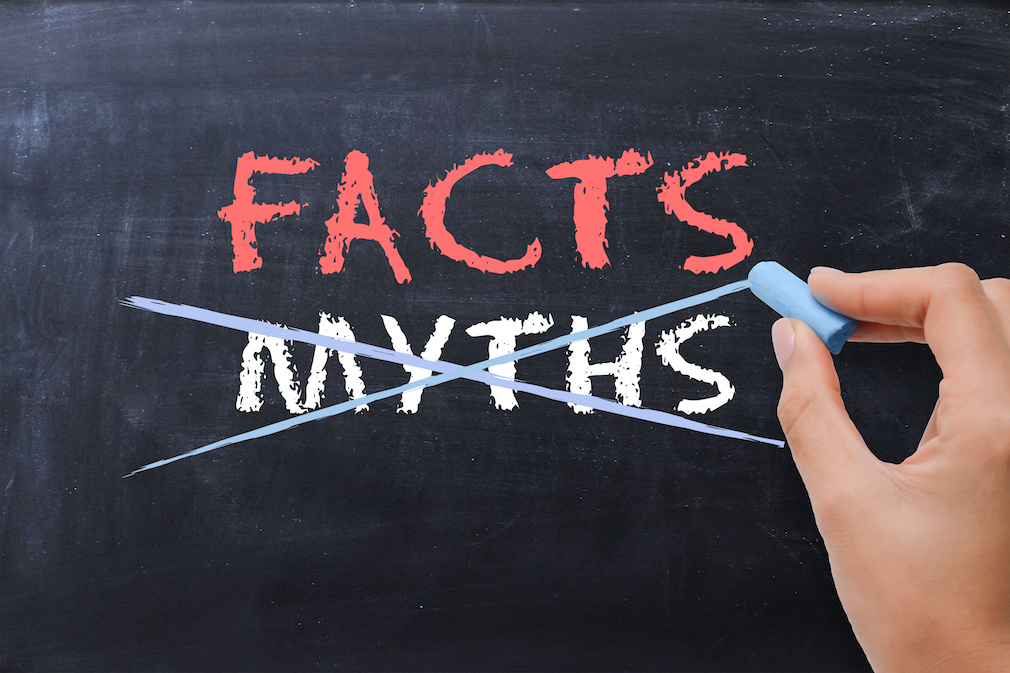Reverse mortgages may be the most misunderstood – and the most maligned – financial product out there. But for those who are certain they are simply a scam, shrug off your perceptions for a moment and consider this: Would the U.S. government really endorse a scam for the last 30 years?
Not likely.
Reverse mortgages were established by the Reagan administration as a pilot program in 1989 to help seniors access their home equity in order to finance their retirement years and afford to stay in their homes as they age.
By definition, a reverse mortgage – also known as a Home Equity Conversion Mortgage, or HECM – is a financial product for homeowners 62 and older that allows borrowers to convert a portion of the home’s equity into cash without incurring monthly payments.
While the loans are made by private mortgage lenders, they are insured by the federal government, which guarantees that borrowers will never owe more than the house is worth.
And, for as long as the borrower lives, he or she can remain in the home so long as they make property tax and insurance payments, keep the home in good repair, and retain it as their primary residence.
At their core, reverse mortgages are a public policy as they provide a clear social good by creating a financial solution for aging homeowners. In fact, the United States is not the only country that offers reverse mortgages as a means to assist their aging population. A number of countries around the world have similar equity-release programs for seniors, including Australia, Canada, Hong Kong, New Zealand, the U.K., South Korea, China and India.
The idea is simple: Allow aging citizens to access their own pent-up wealth to support themselves in their later years rather than drain government resources. Why, then, do reverse mortgages in the U.S. have such a bad rap? There are a couple of common theories.
First, when the loan was introduced, it wasn’t properly regulated, and a few bad apples tainted the waters. In some cases, seniors were not properly informed of the loan’s terms, and in others, the proceeds were used to purchase other financial products. Protections have since been put into place to prevent both of these scenarios.
Second, when a borrower spends all the proceeds and cannot pay property taxes, for example, the loan defaults and they may face foreclosure. The resulting news headline – something like, ‘Reverse mortgage leads senior to foreclosure’ – is clearly damaging. Now, the rules require borrowers with shaky credit to set aside funds for the payment of such obligations.
Third, in the past, homeowners have taken a reverse mortgage, but their spouses have not, usually because they were not of the qualifying age. In these cases, they were taken off the title and, when the borrower passed away, were forced to vacate the property. Again, regulations have since been put into place to prevent this, ensuring that non-borrowing spouses can remain on the title and retain ownership of the home.
Reverse mortgages are unique, and over the years they presented a number of unforeseen problems that regulators have had to address. But while the issues have largely been solved, the sour scent of foul play lingers.
To clear the air, here is a list of facts specifically curated to address the questions of what, exactly, is a reverse mortgage:
- When you take a reverse mortgage, the bank does not assume ownership of the house. Borrowers retain the title of the home and can remain there until they pass away or decide to move.
- Reverse mortgages are non-recourse loans, meaning that even if the property declines in value after the loan has been taken, the borrower will never be responsible for the difference.
- Borrowers must undergo specific reverse mortgage counseling by an independent counseling agency before they can move forward with the loan.
- The amount of proceeds you can access depends on the value of the home, your age and current interest rates. You cannot extract 100% of the equity.
- HECMs, or reverse mortgages that are insured by the federal government, are bound to the federal maximum claim amount, which set the maximum property value at $726,525 in 2019.
- Privately insured reverse mortgages, or proprietary reverses, are now available in most states. The terms of these loans vary by lender, but they accommodate properties with higher home values and can offer proceeds up to $4 million.
- Reverse mortgages have hefty insurance premiums – 2% of the max claim amount upfront, and 0.5% of the outstanding loan balance annually, which accrues and is settled when the loan becomes due and payable.
- When the borrower dies, the heirs have the option to repay the loan and keep the house.
- All reverse mortgages are not the same. There are different types of reverses that distribute the proceeds in different ways, and the fees offered by lenders vary.
- Reverse mortgages are not always for those with little resources. In recent years, they have been touted as a financial planning tool that can help homeowners leverage their resources to make the most of their wealth in retirement.
- You can purchase a house using a reverse mortgage. It’s called a HECM for Purchase, and it enables a homebuyer to buy a new house and obtain a reverse mortgage in one transaction with one set of closing costs.
- Entitlement programs like Social Security and Medicare are not affected when you take a reverse mortgage, but Medicaid, Supplement Security Income and other means-test programs can be impacted.
- In most cases, when a reverse mortgage borrower dies, the heirs sell the house, use proceeds to pay off the loan, and then pocket the remaining funds.





